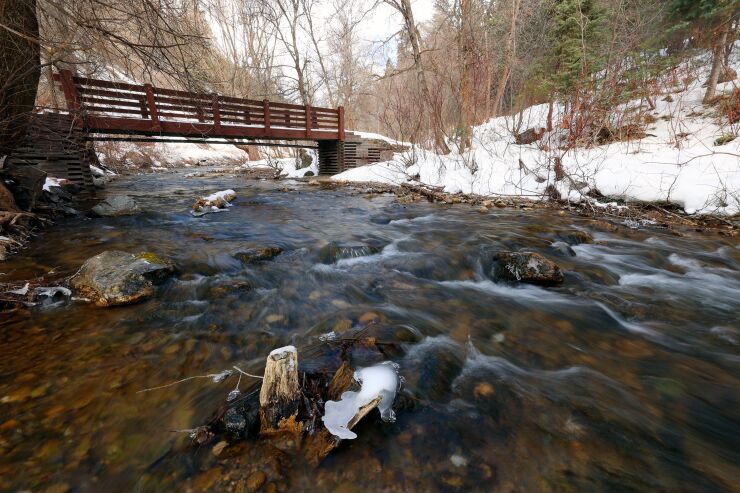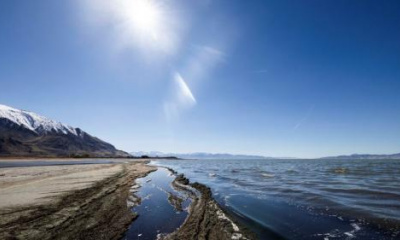Forecast says Utah and the West look to remain in drought
A new poll shows an overwhelming majority of Utah residents are concerned about the drought and a mostly dry January isn’t doing much to ease those worries.
The Deseret News/Hinckley Institute of Politics survey tapped 815 registered voters from Jan. 20 to Jan. 28, finding 82% of respondents are concerned over current drought conditions in Utah in contrast to 17% who said they are not worried. Another 1% said they didn’t know.
The poll has a margin of error of plus or minus 3.43 percentage points.
The concerns linger even as the National Weather Service’s Climate Prediction Center updated its seasonal drought forecast on Tuesday that calls for the extremely dry conditions to persist in Utah, much of the rest of the West, and into Texas and Oklahoma.
On Jan. 7, the Utah Division of Water Resources posted a cheery map of snowpack accumulations basin by basin, with the great news that most major basins were well above average due to a steady stream of storms.
At the time southwest Utah sat at a whopping 177% of average, while Wasatch Front basins like Weber-Ogden were at 131% and the Provo-Utah Lake-Jordan area sat at 130% of average.
Then, Mother Nature turned off the spigot and basin snowpack percentages started to decline across the state, with the latest data from the Natural Resources Conservation Service’s Utah Snow Survey showing both Weber-Ogden and the Jordan drainage have dipped into the 90s.
“We’ve seen a very dry January. We’re not accumulating snow like we should be,” said David Church, science and operations officer for the National Weather Service in Salt Lake City.
The agency is predicting a chance of lake effect snow Tuesday night into Wednesday for the Tooele Valley, but these cold temperatures and lackluster storm activity will remain on the horizon for at least a couple more weeks.
Church said the latter half of February could provide some relief, but that is a big unknown.
“There’s no clear signal leaning one way or the other for the last two weeks of February,” Church said. “Right now we are not seeing anything too promising.”
Last year’s drought was shaped by the record dry year of 2020 that stole the runoff and had water managers dipping into emergency water supplies. It saw the Great Salt Lake drop below its historic low recorded in 1963 and watering restrictions instituted for homeowners, cities and farmers.
The unprecedented drought conditions of last year have led to a flurry of water-related bills this legislative session, with most of them aimed at water conservation. There are measures to more accurately document water loss in provider systems, eliminate turf requirements and firm up the state’s water management plan.









